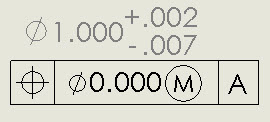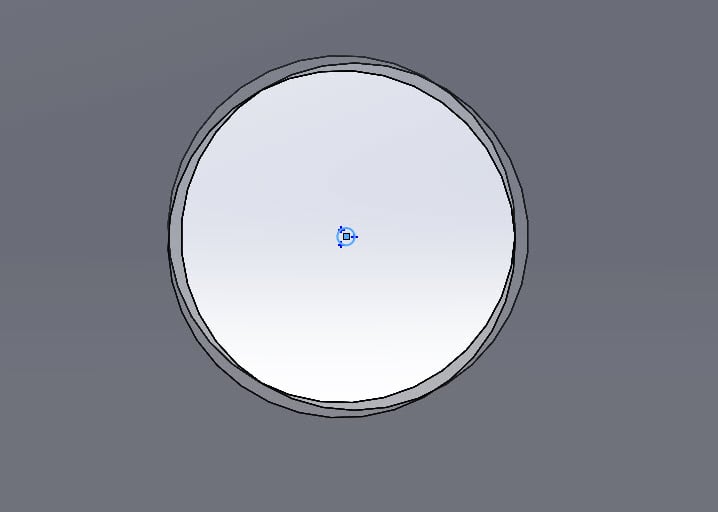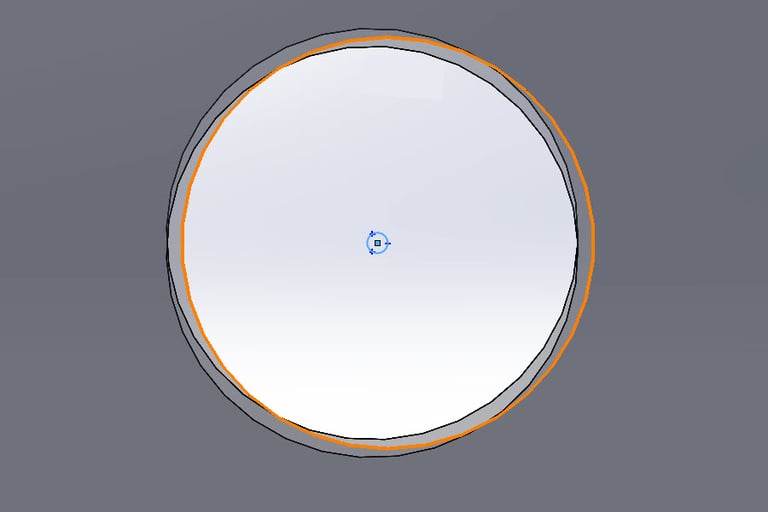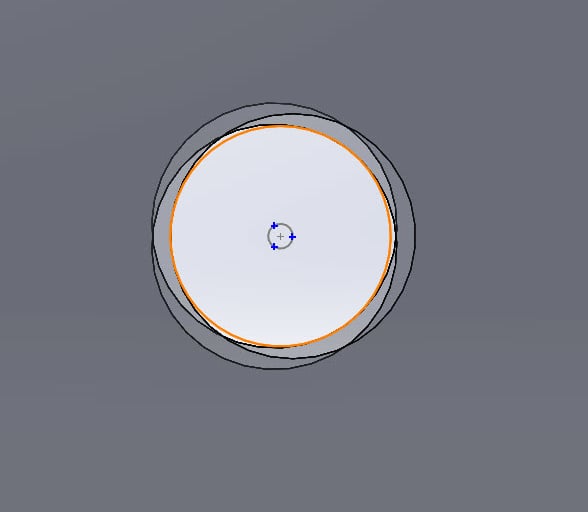A Different Approach to GD&T
When zero tolerance gives you more tolerance.
USEFUL TIPSDIFFERENT PERSPECTIVEENGINEERING AND DESIGN STUFF
Bert
12/4/20233 min read


If you are familiar with geometric dimensioning and tolerancing, you are likely aware that a circular true position tolerance gives you a way to increase the number of manufactured parts that are acceptable because the tolerance zone is a little bigger. The reason is the difference between circular and square tolerance zones. This is very well known. What I believe is less well known is a way to even further increase the number of acceptable parts without negatively impacting your design. The method is a little counter intuitive because it involves setting the true position tolerance to zero. That’s right, zero, nada, nothing, goose eggs. OK, so it is not really a zero tolerance because it is actually 0 at maximum material condition, MMC, or least material condition, LMC.
Before the big reveal, a little discussion of MMC and LMC that will help explain it. Years ago, when learning about GDT, the instructor taught us something called virtual condition, VC. It was a way to help understand the impact of MMC and LMC modifiers. Assume you have this callout for a hole:








You would calculate the VC by taking the smallest acceptable diameter, Ø.998 and subtracting from that .005 from the positional tolerance, yielding a VC of Ø.993. Virtual condition means that because of the positional tolerance of the hole, the Ø.998 hole acts like a Ø.993 hole. The idea behind the zero tolerance at MMC is that if your design will work with a hole that is virtually Ø.993, then it should work with a hole that is actually Ø.993. If that is the case, then change the callout to be this:
Here are some images to help visualize the virtual condition for the first callout, not too scale. It shows three MMC holes at the allowable position limit, indicated by the blue circle in the middle.
This picture highlights the edge of one of the holes.
and finally, an image highlighting the virtual condition.


You have probably figured out that the virtual condition for each case is the same but that second one has a higher tolerance on the size of the hole. It is good to make tolerances as large as you can accept. I can't say that this strategy can be used everywhere but it can probably be used more than it is. Some people, including myself, are hesitant to put any GDT callouts on a drawing because too many people are unfamiliar with them. I must confess that type of thinking sometimes affects my decision to use the zero tolerance at MMC or LMC. I recently proposed using it in an application where I think it was just about a perfect fit but was ultimately vetoed.

